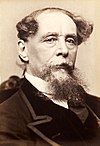
William Wilkie Collins was an English novelist and playwright known especially for The Woman in White (1859), a mystery novel and early sensation novel, and for The Moonstone (1868), which established many of the ground rules of the modern detective novel and is also perhaps the earliest clear example of the police procedural genre.

Household Words was an English weekly magazine edited by Charles Dickens in the 1850s. It took its name from the line in Shakespeare's Henry V: "Familiar in his mouth as household words."
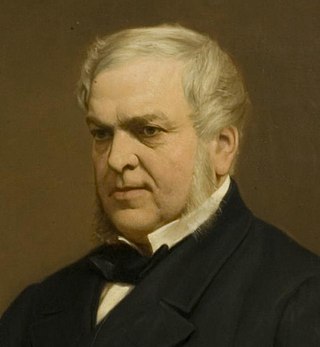
John Forster was a Victorian English biographer and literary critic.

All the Year Round was a Victorian periodical, being a British weekly literary magazine founded and owned by Charles Dickens, published between 1859 and 1895 throughout the United Kingdom. Edited by Dickens, it was the direct successor to his previous publication Household Words, abandoned due to differences with his former publisher.
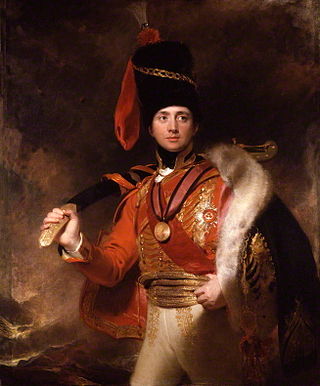
Charles William Vane, 3rd Marquess of Londonderry, was an Anglo-Irish nobleman, a British soldier and a politician. He served in the French Revolutionary Wars, in the suppression of the Irish Rebellion of 1798, and in the Napoleonic wars. He excelled as a cavalry commander in the Peninsular War (1807–1814) under John Moore and Arthur Wellesley.
Catherine Ann Crowe was an English novelist, a writer of social and supernatural stories, and a playwright. She also wrote for children.
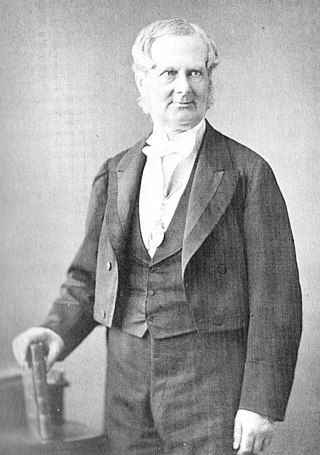
Sir John Bernard Burke, was a British genealogist and Ulster King of Arms, who helped publish Burke's Peerage.

George Payne Rainsford James, was an English novelist and historical writer, the son of a physician in London. He was for many years British Consul at various places in the United States and on the Continent. He held the honorary office of British Historiographer Royal during the last years of William IV's reign.
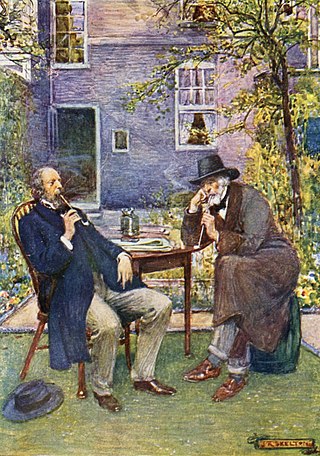
Victorian literature is English literature during the reign of Queen Victoria (1837–1901). The 19th century is considered by some the Golden Age of English Literature, especially for British novels. In the Victorian era, the novel became the leading literary genre in English. English writing from this era reflects the major transformations in most aspects of English life, from scientific, economic, and technological advances to changes in class structures and the role of religion in society. The number of new novels published each year increased from 100 at the start of the period to 1000 by the end of it. Famous novelists from this period include Charles Dickens, William Makepeace Thackeray, the three Brontë sisters, Elizabeth Gaskell, George Eliot, Thomas Hardy, and Rudyard Kipling.

Sir Matthew Digby Wyatt was a British architect and art historian who became Secretary of the Great Exhibition, Surveyor of the East India Company and the first Slade Professor of Fine Art at the University of Cambridge. From 1855 until 1859 he was honorary secretary of the Royal Institute of British Architects, and in 1866 received the Royal Gold Medal.

George William MacArthur Reynolds was a British fiction writer and journalist.
The bibliography of Charles Dickens (1812–1870) includes more than a dozen major novels, many short stories, several plays, several non-fiction books, and individual essays and articles. Dickens's novels were serialized initially in weekly or monthly magazines, then reprinted in standard book formats.

Georgina Hogarth was the sister-in-law, housekeeper, and adviser of English novelist Charles Dickens and the editor of three volumes of his collected letters after his death.
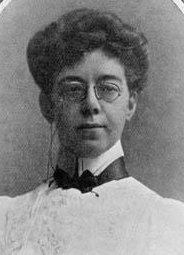
Mary Angela Dickens was an English novelist and journalist of the late Victorian and Edwardian eras, and the oldest grandchild of the novelist Charles Dickens. She died on the 136th anniversary of her grandfather's birth.
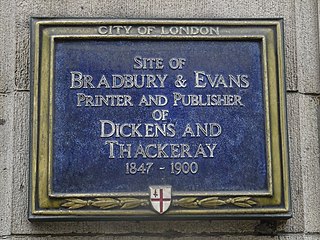
Bradbury & Evans (est.1830) was a printing and publishing business founded in London by William Bradbury (1799–1869) and Frederick Mullett Evans (1804–1870).
John Frederick Archbold (1785–1870) was a barrister and legal writer. He was the first editor of the English criminal law textbook Archbold Criminal Pleading, Evidence and Practice, which is still routinely used in court today.

George Henry Wathen, FGS was a geologist, author, magazine publisher, and South African politician of the Victorian era known primarily for his books on the antiquities of Egypt, and the gold fields of Victoria, Australia.

Charles Macfarlane (1799–1858) was a Scottish writer, known as much for his historical and travel works as he was for his novels.
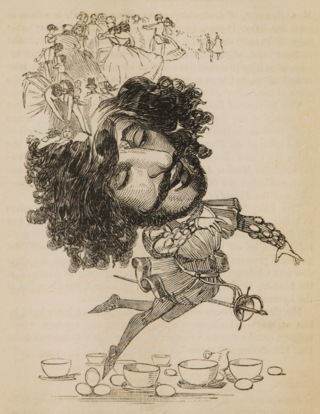
Barnett Nathan, known professionally as Baron Nathan, was an English impresario, entertainer, and dancing master. He acted for many years as master of ceremonies and managing director at Rosherville Gardens.
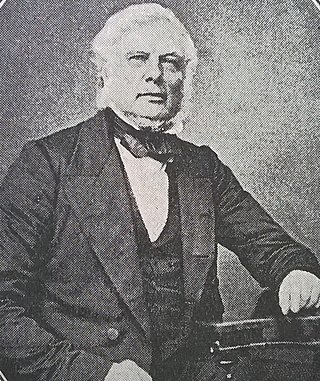
William Bradbury was an English printer and publisher. He is known for his work as a partner from 1830 in Bradbury and Evans, who printed the works of a number of major novelists such as Charles Dickens and William Makepeace Thackeray, as well as leading periodicals such as Punch, which they also owned.


















